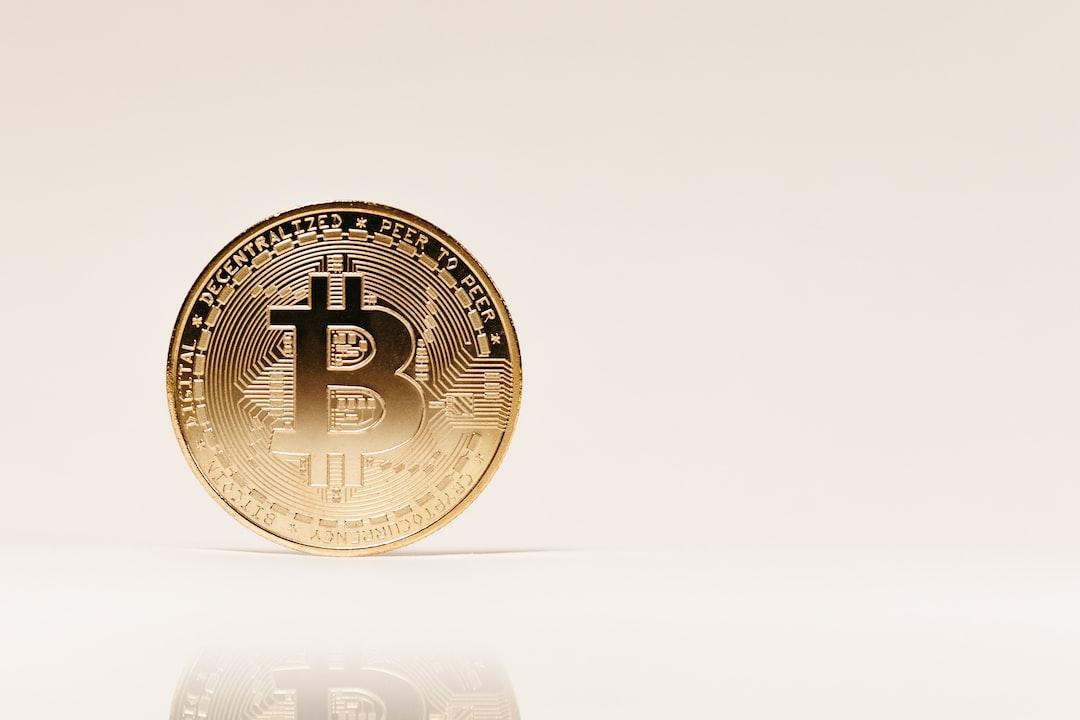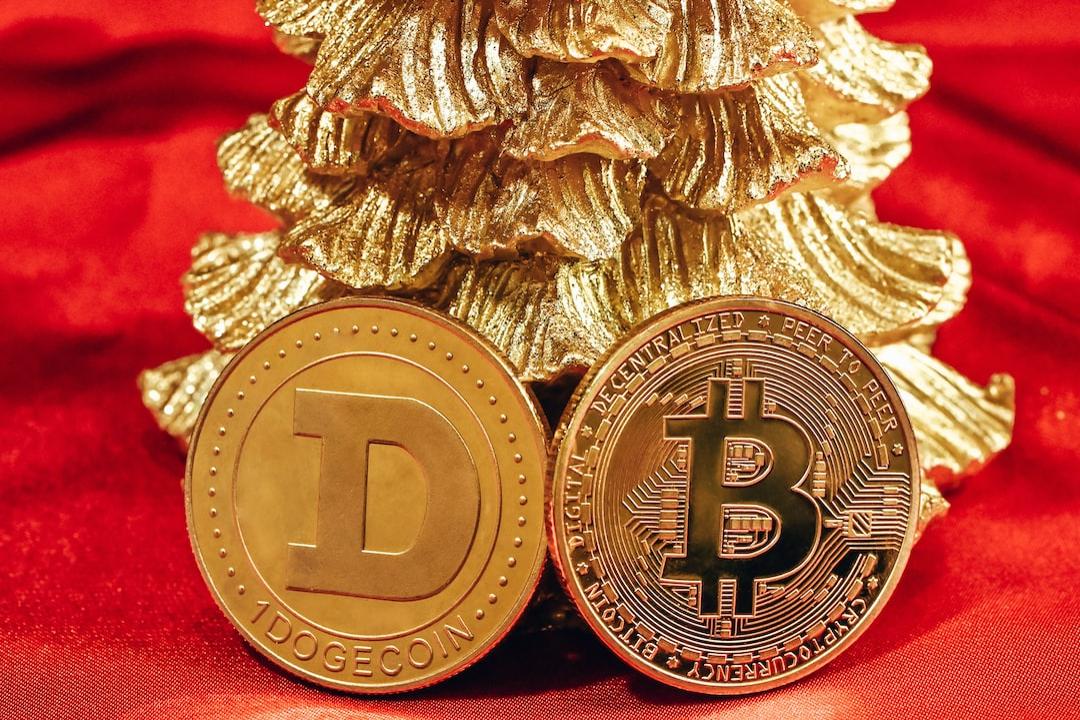Home
Crypto News
Market
Here’s Why XRP Lags Behind Ethereum and Solana in DeFi
August 15, 2025

The XRP Ledger, despite its established presence in the crypto industry, still lags behind other networks such as Ethereum and Solana in DeFi. Notably, the XRP Ledger (XRPL) has been part of the blockchain sector for more than ten years, making it one of the industry’s oldest networks. Yet, when it comes to decentralized finance (DeFi), it has fallen far behind its competitors.
Only recently has the XRPL started introducing upgrades aimed at catching up. These include automated market maker (AMM) features and stablecoins. While these updates show progress, the XRPL still trails well behind other blockchains that made DeFi growth a top priority from the start.
He argued that these factors are why Ethereum and Solana have taken the lead in the DeFi space. Kagy compared it to a choice between a chain with 10,000 unique active wallets and one with 10 million. To him, the choice is obvious, as retail users form the backbone of any network’s growth and success.
For perspective, the XRPL’s total value locked (TVL) sits at just $87.85 million, with a daily decentralized exchange (DEX) volume of less than $70,000. On the other hand, Ethereum leads the market with a staggering $96.9 billion in TVL. Solana follows with $11.273 billion.
Even Coinbase’s Base network, launched only two years ago, already holds $4.90 billion in TVL. None of these competitors records a daily DEX volume under $1 billion, a massive contrast to XRPL’s current figures.
Community Commentaries
In response to Kagy’s comments, XRP community figure Eri encouraged investors to follow the work of developers such as Kagy rather than influencers. She stressed that focusing on developer-led initiatives ensures that support and investment go toward what truly drives the network forward.
The #XRPDev/Founder and @Vet_X0’s @xrpcafebusiness partner weighs in on reason why ETH and SOL are winning this race so far. Follow the Devs, not the influencers so you can focus and support what matters with your investment. https://t.co/UjRQOJwa7K — Crypto Eri ~ Carpe Diem (@sentosumosaba) August 13, 2025
Meanwhile, former Ripple CBDC advisor Antony Welfare argued that, besides retail activity, adoption also depends on the strength of projects and, most importantly, enterprise-grade capabilities. He highlighted Hyperledger Besu, which now processes over 10% of Ethereum’s mainnet transactions, as an example of a blockchain serving enterprise needs effectively.
Welfare explained that large organizations need networks that can handle their scale and complexity, and to him, Ethereum is one of the few that can. He pointed out that Hyperledger Fabric, while important in its time, lacked the public accessibility and core blockchain features needed for broad deployment.
Calling attention to his experience with Oracle, DXC, and Ripple, he added that no enterprise will risk its reputation or operations on an unproven chain.
XRPL Now Pushing Forward with DeFi Development
Meanwhile, the XRPL community has started working to change the network’s DeFi position. Last March, the network introduced AMM functionality and witnessed the launch of several AMM pools. Also, Ripple released the RLUSD stablecoin on the XRPL, while Circle rolled out a native version of USDC on the network. Ripple also launched the XRPL EVM Sidechain to improve interoperability with Ethereum.
Externally, Flare is developing ways to bring DeFi to the XRPL, and Cardano founder Charles Hoskinson has hinted that his Midnight project could serve as a DeFi layer for it. These moves represent progress, but the XRPL still has a long way to go before it can compete with Ethereum and Solana’s established dominance in DeFi.
Tags
Latest XRP (Ripple) News Today
XRP Ledger




